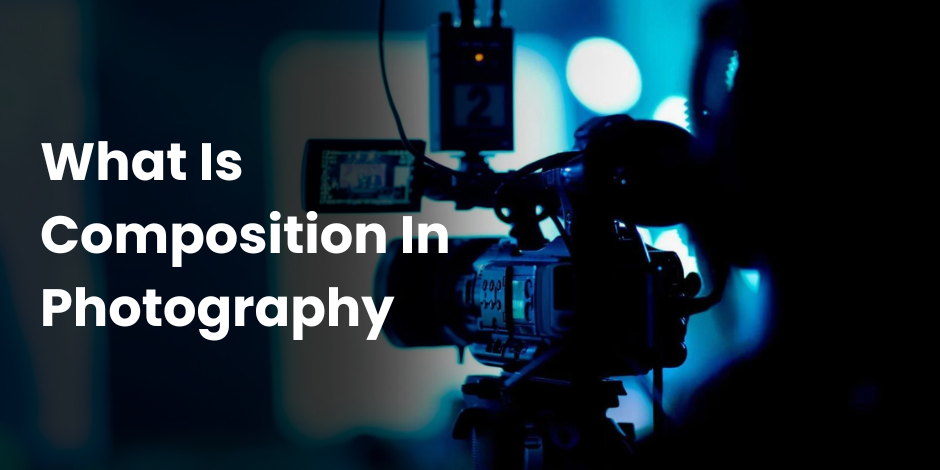Photography is often considered an art form, and like any other art, it requires certain principles and techniques to create visually appealing and impactful images. One of the most fundamental aspects of photography is composition. Composition refers to the arrangement of elements within a photograph, including the subject, background, lighting, and framing. Understanding and utilizing composition techniques can greatly improve the quality of your photographs and help you create captivating images that draw in the viewer.
The Rule of Thirds:
One of the most well-known and commonly used composition techniques in photography is the rule of thirds. The rule of thirds divides the frame into a grid of nine equal sections, with two horizontal and two vertical lines intersecting at key points. The idea behind this rule is to place the most important elements of the photograph along these lines or at the points where they intersect, rather than directly in the center of the frame. This off-center placement creates a more dynamic and visually interesting composition.
Leading Lines:
Leading lines are another important composition technique that can help guide the viewer’s eye through a photograph. Leading lines are any lines in a photograph that lead the viewer’s gaze from one point to another. These lines can be straight, curved, diagonal, or even implied through the arrangement of objects in the frame. By incorporating leading lines into your composition, you can create a sense of movement and flow within your images, making them more engaging and visually appealing.
Symmetry and Balance:
Symmetry and balance are concepts that are often associated with traditional art forms such as painting and sculpture, but they are equally important in photography. Symmetry refers to the arrangement of elements within a photograph in a way that creates a sense of harmony and equilibrium. Balance, on the other hand, refers to the distribution of visual weight within a photograph. By carefully considering symmetry and balance in your composition, you can create images that feel organized, cohesive, and aesthetically pleasing.
Depth and Perspective:
Creating a sense of depth and perspective in your photographs can help bring the viewer into the scene and make them feel like they are a part of the image. There are several techniques you can use to achieve this effect, such as using leading lines to create a sense of distance, incorporating foreground elements to add depth, and adjusting your aperture to control the depth of field. By playing with perspective and depth in your composition, you can create images that feel immersive and three-dimensional.

Lighting and Shadows:
Lighting is a crucial element in photography, as it can greatly impact the mood, tone, and overall quality of your images. By paying attention to how light interacts with your subjects and the environment, you can create dramatic and dynamic compositions. Whether you are shooting in natural light or using artificial lighting, it’s important to consider the direction, intensity, and color of the light in your photographs. Shadows can also play a key role in composition, adding depth, texture, and contrast to your images.
Negative Space:
Negative space refers to the empty or unoccupied areas within a photograph, surrounding the main subject. While it may seem counterintuitive, negative space can actually enhance your composition by providing breathing room for the subject to stand out and create a sense of balance within the frame. By carefully composing your images to include negative space, you can create a sense of simplicity, minimalism, and elegance in your photographs.
Conclusion:
Composition is a fundamental aspect of photography that can greatly impact the quality and impact of your images. By understanding and utilizing composition techniques such as the rule of thirds, leading lines, symmetry and balance, depth and perspective, lighting and shadows, and negative space, you can create visually compelling and memorable photographs. Experiment with these techniques in your own photography practice and don’t be afraid to break the rules and try new things. Remember, composition is a creative tool that can help you tell stories, evoke emotions, and capture the beauty of the world around you.
FAQs
Q: Why is composition important in photography?
A: Composition is important in photography because it directly impacts the visual impact and storytelling potential of an image. A well-composed photograph can draw the viewer’s attention, evoke emotions, and effectively communicate the photographer’s intended message or narrative.
Q: What are some elements of composition in photography?
A: Some elements of composition in photography include the rule of thirds, leading lines, framing, symmetry, balance, perspective, contrast, and negative space. These elements help guide the viewer’s eye through the image and create visual interest and harmony.
Q: What is the rule of thirds in photography composition?
A: The rule of thirds is a compositional guideline that divides the frame into thirds both horizontally and vertically, creating nine equal parts. Placing key elements of interest along these grid lines or at their intersections can create more dynamic and visually pleasing compositions.
Q: How can I improve my composition in photography?
A: You can improve your composition in photography by studying and practicing compositional techniques, experimenting with different perspectives and framing, analyzing the work of other photographers, and seeking feedback from peers or mentors. Additionally, developing a strong understanding of visual storytelling and aesthetics can help enhance your composition skills.
Q: Are there composition guidelines in photography?
A: Yes, there are several composition guidelines and principles in photography, including the rule of thirds, leading lines, symmetry, balance, and framing. While these guidelines are not strict rules, they can serve as helpful tools for creating visually compelling and well-balanced compositions.













